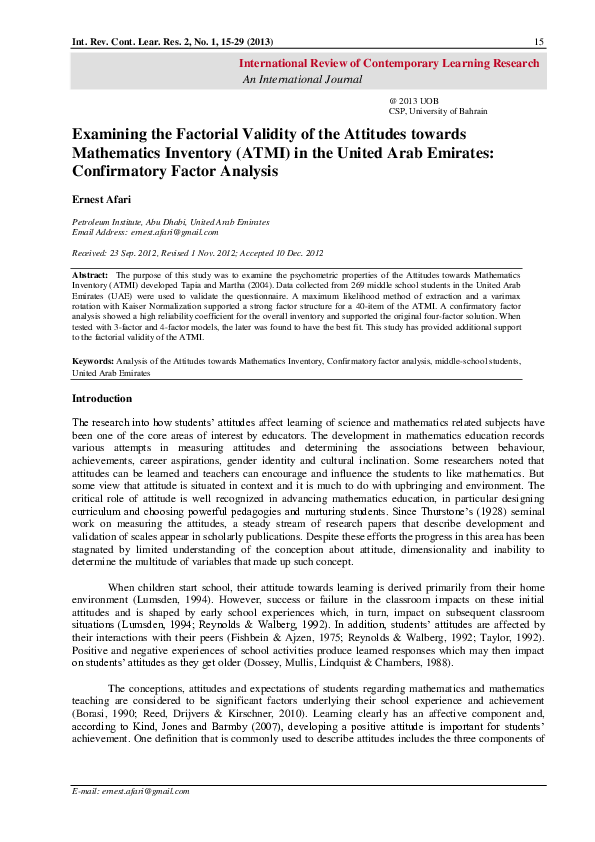
The EAT-26 has been particularly useful a screening tool to assess “eating disorder risk” in high school, college, and other special risk samples such as athletes. It is intended primarily for adolescents and adults. It is ideally suited for school settings, athletic programs, fitness centers, infertility clinics, pediatric practices, general practice settings, and outpatient psychiatric departments.

It can be administered in group or individual settings and is designed to be administered by mental health professionals, school counselors, coaches, camp counselors, and others with interest in gathering information to determine if an individual should be referred to a specialist for evaluation for an eating disorder.

The EAT-26 can be used in a non-clinical as well as a clinical setting not specifically focused on eating disorders.
ATTTUDES TOWARD EATING INVENTORY FOR FREE
You can take the test today and download a copy for free on this website. Thus, the Eating Attitudes Test has had a huge impact in the field of eating disorders. This journal was founded more than 40 years ago. & Garfinkel, P.E., 1979, Psychological Medicine, 9, 273-279.) and the subsequent publication describing the refinement of the test (Garner et al., 1982, Psychological Medicine, 12, 871-878) are the 3rd and 4th on the list of the 10 most cited articles in the history of the journal Psychological Medicine. Since that time, the test has been translated into many different languages and used in hundreds of studies. The EAT-26 is a refinement of the original EAT-40 that was first published in 1979 and used in one of the first studies to examine socio-cultural factors in the development and maintenance of eating disorders. The current study represents one of the most comprehensive scale development projects ever conducted in the field of EDs and will enhance future basic and treatment research focused on EDs.EAT-26 is probably the most widely used standardized self-report measure of symptoms and concerns characteristic of eating disorders. 84-.89) and reliability over a 2- to 4-week period (mean retest r =. Eating Pathology Symptoms Inventory scale scores had excellent internal consistency (median coefficient alphas ranged from. Scale scores showed excellent convergent and discriminant validity other analyses demonstrated that the majority of scales were invariant across sex and weight categories. Analyses revealed an 8-factor structure characterized by Body Dissatisfaction, Binge Eating, Cognitive Restraint, Excessive Exercise, Restricting, Purging, Muscle Building, and Negative Attitudes Toward Obesity. The revised measure was administered to independent samples of patients recruited from specialty ED treatment centers (N = 158), outpatient psychiatric clinics (N = 303), and students (N = 227). The initial item pool was administered to a student sample (N = 433) and community sample (N = 407) to determine the preliminary structure of the measure using exploratory and confirmatory factor analyses. An initial pool of 160 items was developed to assess 20 dimensions of eating pathology. The goal of this study was to overcome these limitations through the development of a comprehensive multidimensional measure of eating pathology.

Many current measures of eating disorder (ED) symptoms have 1 or more serious limitations, such as inconsistent factor structures or poor discriminant validity.


 0 kommentar(er)
0 kommentar(er)
